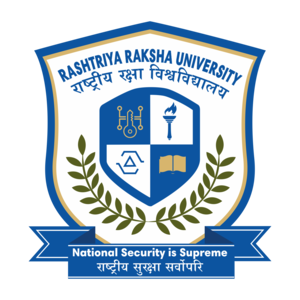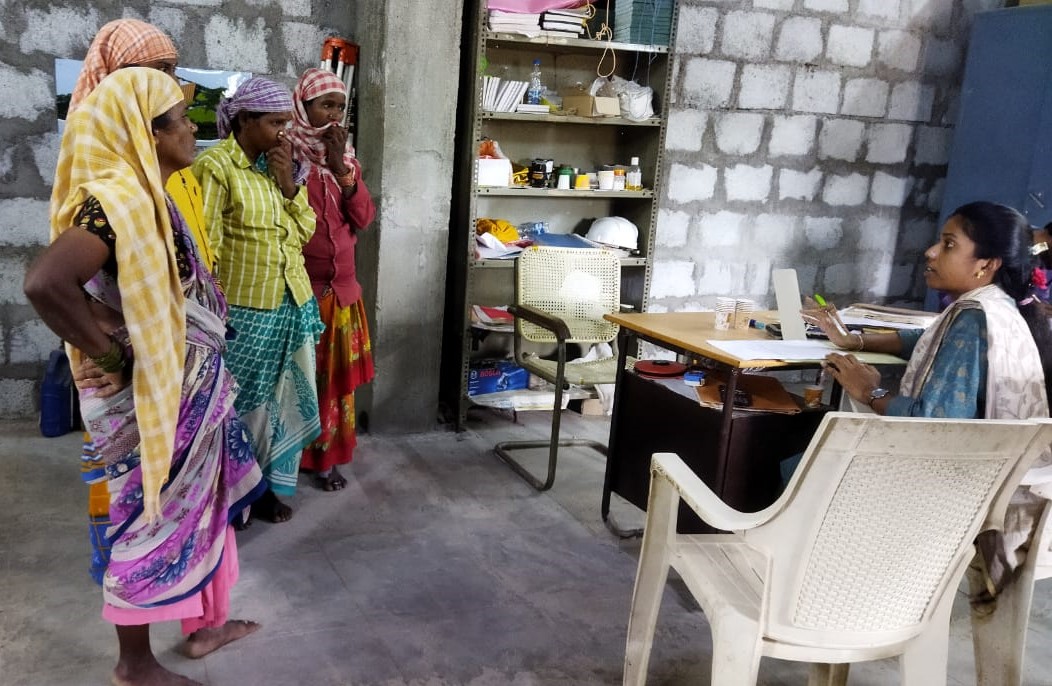Public Interest Litigation in India: A Renaissance in Social Justice (Book Review)
- Ashwariya Aggarwal
- May 8, 2017
Content :
This book gives a brief description on the past, present and future of the public interest cases in India and abroad. It proves to be an excellent guide to the law students especially at beginning of their studies. Author Dr. Mamta Rao is was a lecturer of Durgawati University, Jabalpur. She is eminent author who has written a number of law related books for basic and advanced studies in law.
Public interest litigation in the mid-seventies appeared in the Indian judicial system when the rigid concept of standing proved to be an obstacle in achieving the great ideals of socio-economic justice. To disarm the strong and arm the weak was essential to change the social order. The judiciary such circumstances had to innovate new methods and devices, new strategies for providing access to justice to a large section of society which was deprived vulnerable. This way it could be an instrument of distributive justice.
This book traces the origin and development of public interest litigation India, America and Britain with references at places to Pakistan, Bangladesh and Canada. The dynamics, trends, procedures, limitations and dilemmas of public interest litigation have also been deal with out of a huge of volume of case-law coming from Supreme Court and high court priority has been given to decisions of the Supreme Court on topics of importance. The book takes a look into the background of Public Interest Litigation and its acceptance in varying degrees in the different countries of the world including India. The dynamics, trends, procedure; innovations, limitations and dilemmas of Public Interest Litigation have been well explained. The concept of locus standi, procedural and judicial innovations, the problems and the expectations from public interest litigation have all dealt with by the author in a new light. This very well researched and lucidly written book is indeed to the scarce literature on the subject.
It is written from a common man’s point of view without losing an authoritative grip over the subject explaining abstract ideas giving reference to the landmark cases.
Author each time explains a concept which relates how an aam aadmi can be benefited from it. The author presents a well composed mix of technical knowledge with dramatizing the action. It can be put into a genre of a light book explaining the basic concepts of public interest law, for 1st year law students. The book is written in a very informal way in the beginning of the topics and later on changing into formal languages as she goes deep into the matter. This style of writing suits well for the intended audience of law students.
The author gives you the inside news of many cases which were only revealed very less to the public. Cases such as Bandhua Mukthi Morcha v. Union of India and series of cases in which involves Mr. M.C Mehta.
The author raises her voice for the betterment of public at large, in many fields, in conformity with constitutional prescription of what constitutes the good life in a society’s just democracy.
The affect of the book on the reader is a new and informative experience which they have never experienced before through other law books which uses complex and legal terms. It makes even an ordinary educated man to understand concept of public interest law.
Being a first year law student, I felt like having attended a series of good lectures on the topic of public interest litigation. The author has tried to bring law to the people by transforming a book like ‘Public Interest Litigation in India: A Renaissance in Social Justice’ just into a form of handbook. I strongly believe that she has almost achieved the target.
The scope of the book has been further enlarged by adding a new chapter on Application of PIL to current legal questions like liberation of Bonded Labour; Protection of Environment versus Economic Development is equally educative. This very well researched and lucidly written book is indeed a valuable addition to the scarce literature on the subject. As a whole, the book is an invaluable asset, not only to the legal fraternity but also to the general public to learn the process of asserting their rights against State action. The quest for social justice and the conquest of injustice are best served by the application of the principal of Public Interest Litigation. I would like to suggest this book to all the law students of the country and all other knowledge seekers. It would prove to be a book of reference and also as a guide.
The development of Public Interest Litigation (PIL) in the country has, however, very recently uncovered its own pitfalls and drawbacks. The genuine causes and cases of public interest have in fact receded to the background and irresponsible PIL activists all over the country have started to play a major but not a constructive role in the arena of litigation. They try to utilize this extraordinary remedy, available at a cheaper cost, as a substitute for ordinary ones.
PIL in India has produced astounding results which were unthinkable three decades ago. The greatest contribution of it has been enhancing the accountability of governments towards human rights of underprivileged. Judges alone cannot provide effective responses to governmental lawlessness but they can surely a culture formation where political power becomes increasingly sensitive to human rights.
However shedding all the doubts and abuses against misuse of PIL, it must be accepted that is working as an important instrument of social change. It is working for the welfare of every section of society.












